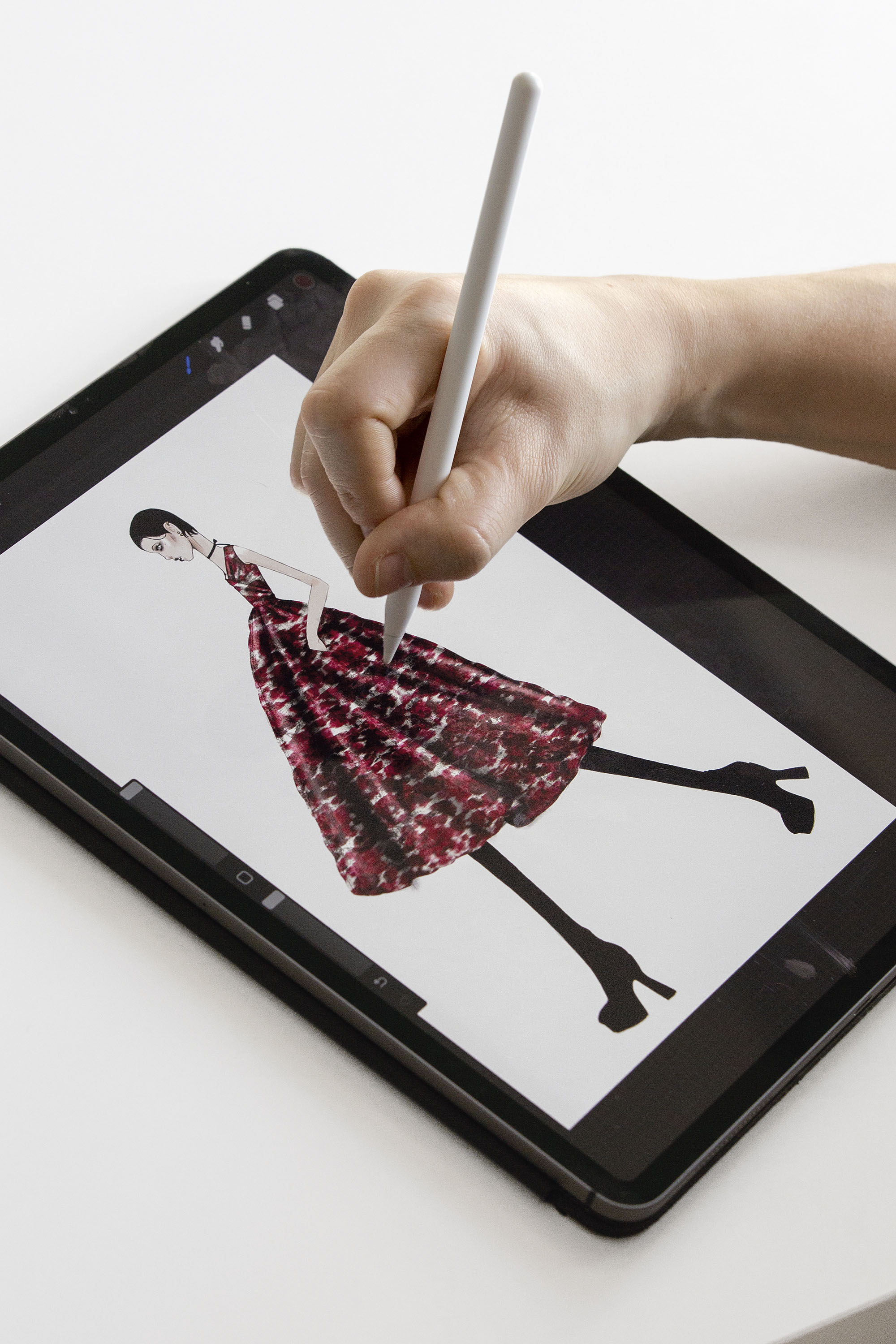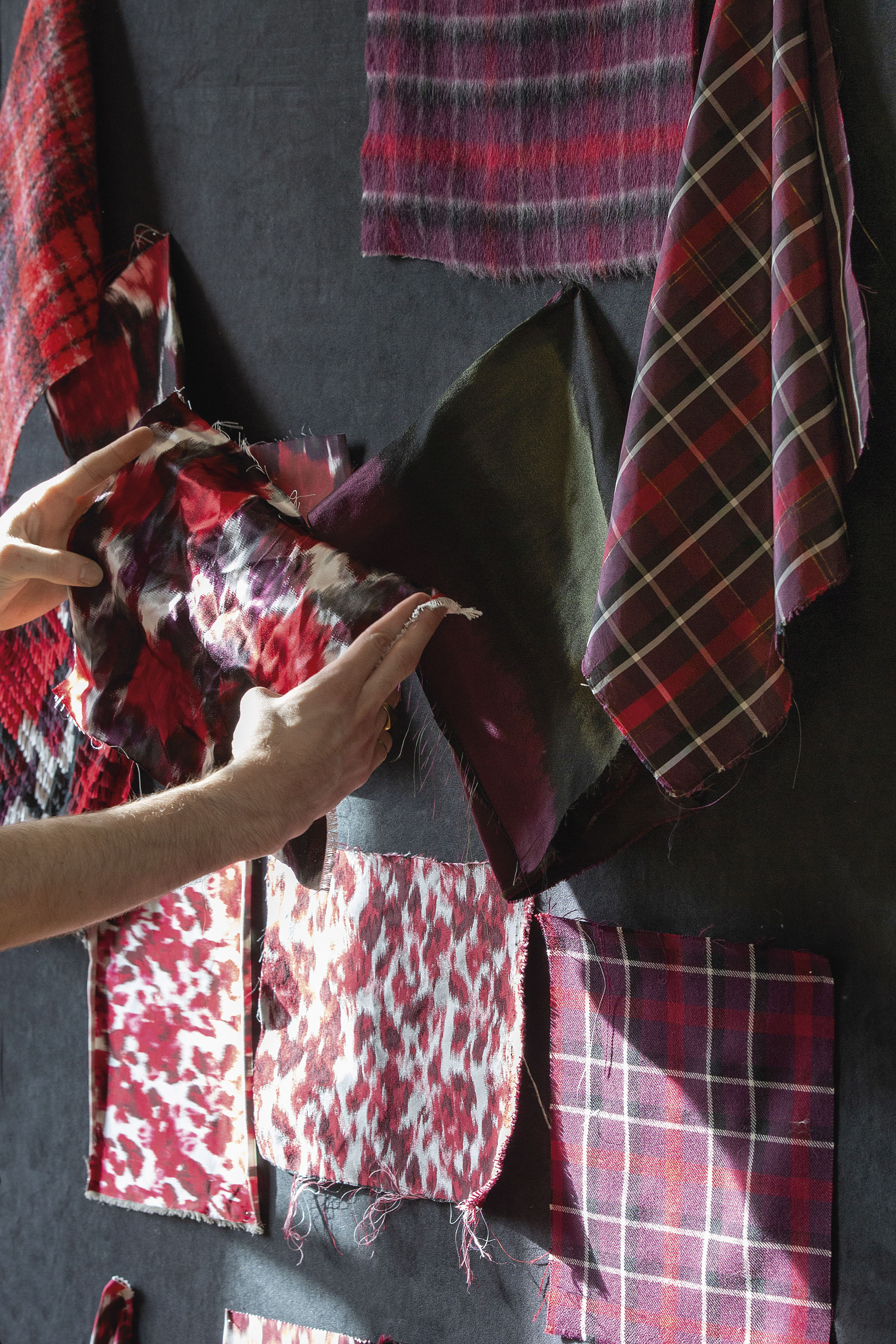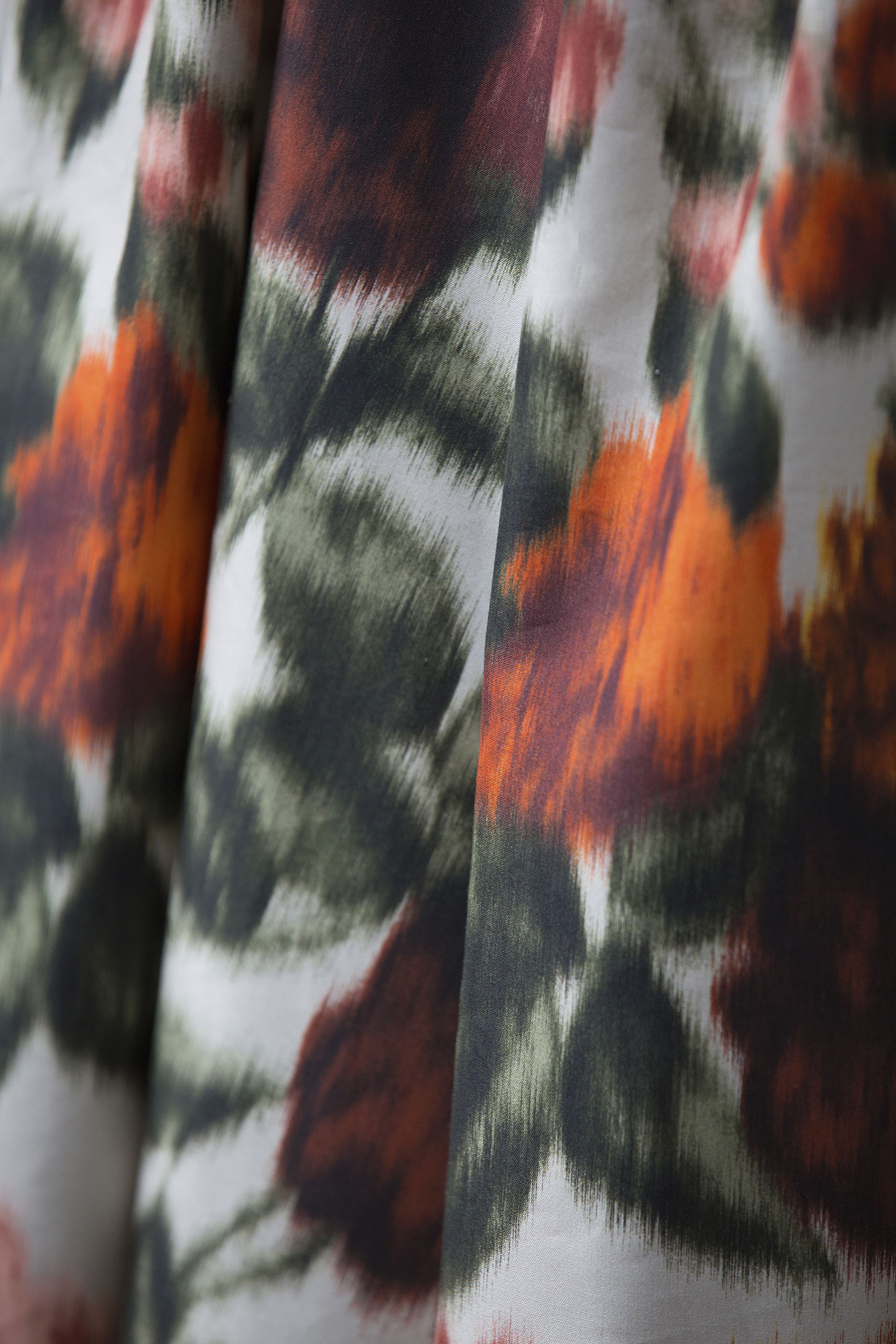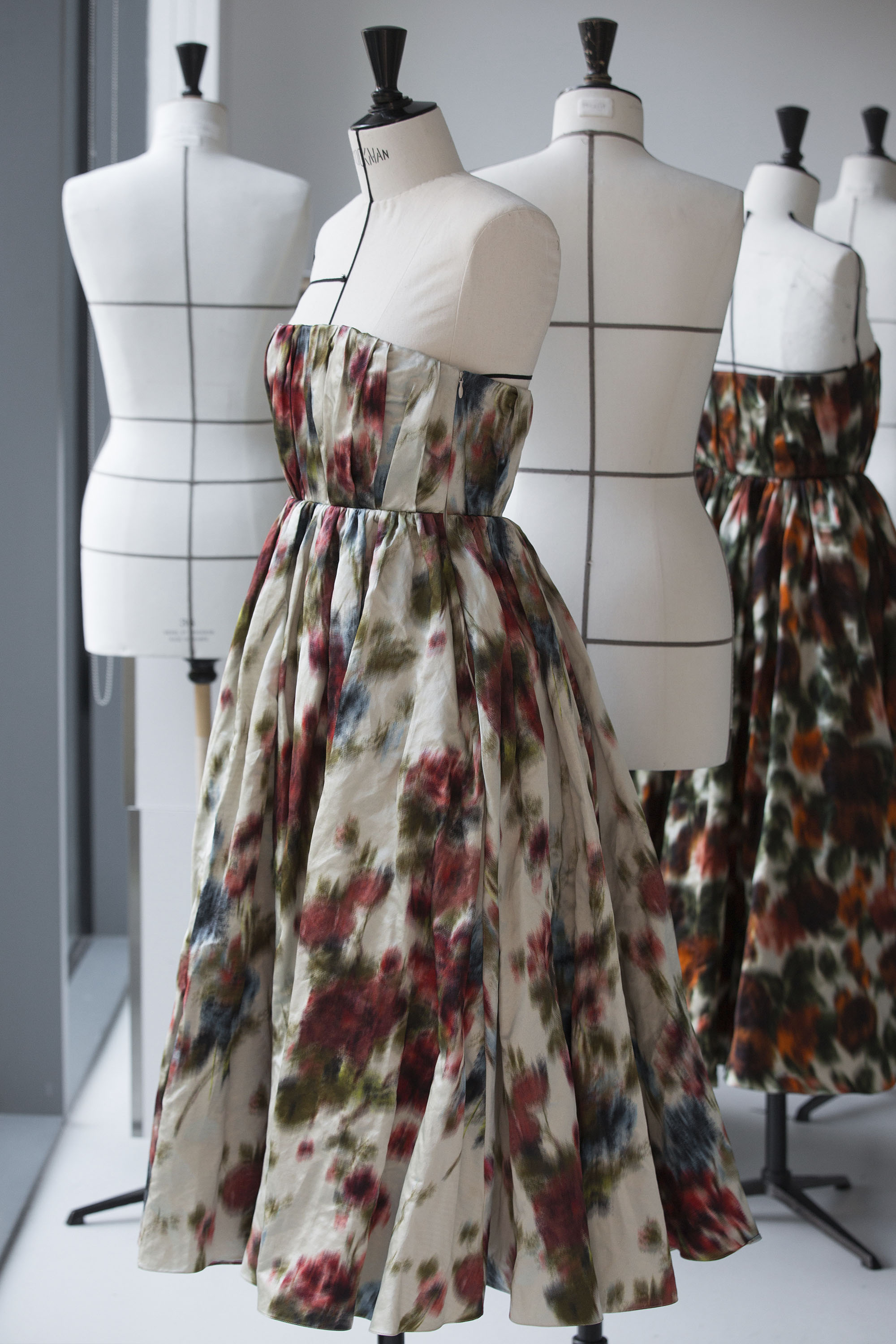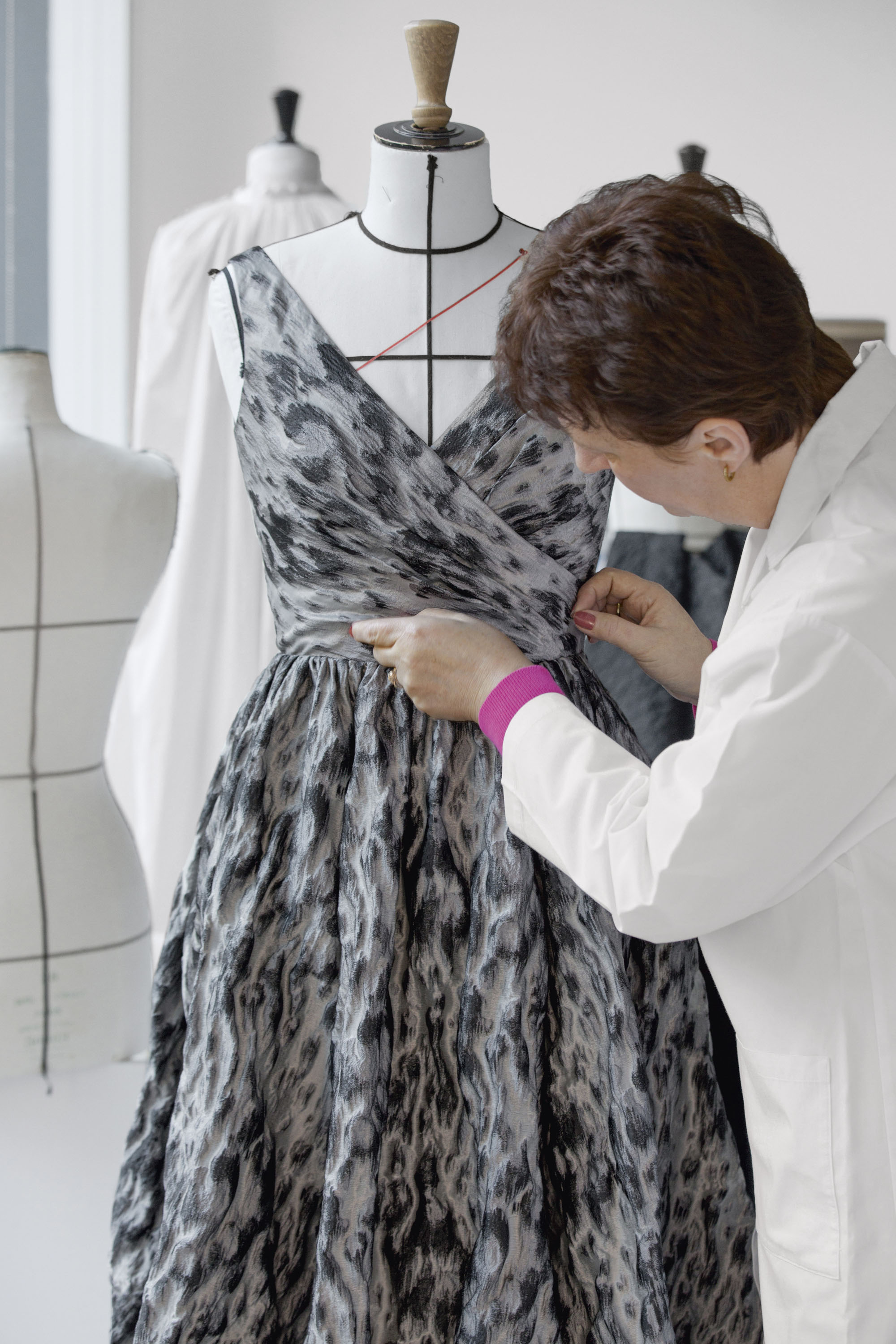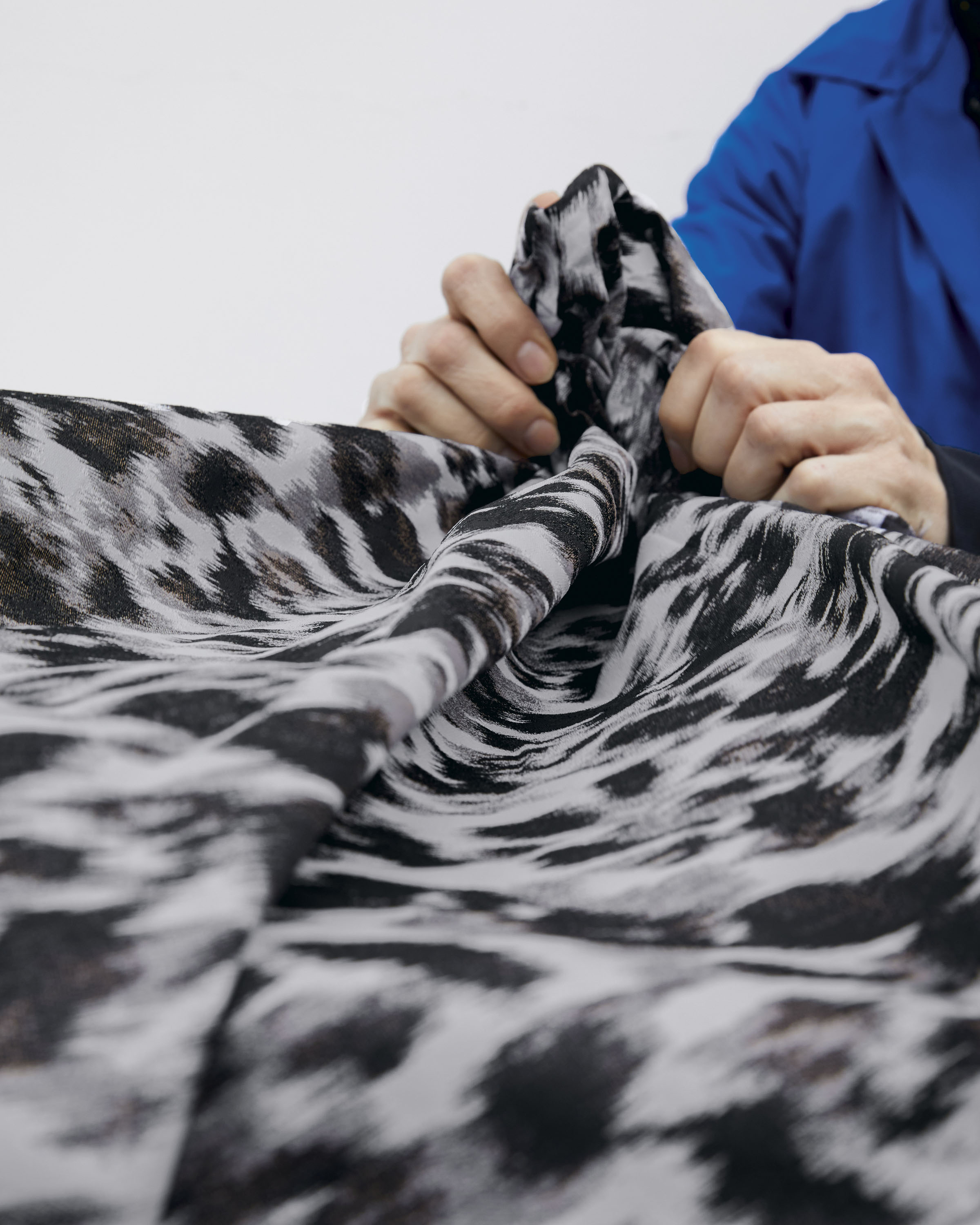Couture
architecture
While each collection represents a new way for Maria Grazia Chiuri to explore clothing’s role, the Dior Autumn-Winter 2023-2024 women’s ready-to-wear line is open territory for original textile experimentation. By Mathilda Panigada.
“I think of my
work as ephemeral architecture, dedicated to the beauty of the female body.”
“Like sap, the creative idea now circulates throughout the entire House. It reaches the apprentices and the seamstresses;
soon the fingers that work on the toiles – the fingers that prick themselves on a needle or hesitate over a seam – are fashioning the styles of tomorrow.”
